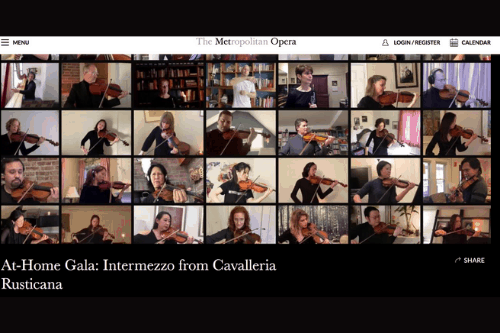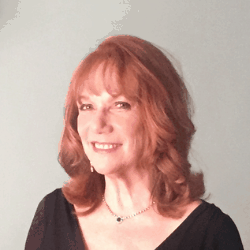Will unions be willing to loosen rules to allow streaming of recordings of shows currently available for scholarly reference only? The New York Public Library for the Performing Arts at Lincoln Center, for example, maintains more than 7,000 theatre titles going back almost fifty years. Access to these videos is only onsite, not online. Negotiating property rights issues is challenging. But why not work now to make these shows available to people in their homes while we are still waiting for “normal” to arrive? For example, with less restrictive dance union rules, New York City Ballet has been able to be more creative in its offerings. NYCB produced and streamed a six-week digital spring 2020 season. In addition, the Company created an array of content for its social media channels with their dancers performing and filming their own original choreography; “At the Barre” dancer-taught ballet classes; and weekly movement workshops for children and adults with disabilities
Artists have been incredibly busy thinking and zooming with new collaborators. Celtic singer and songwriter Ashley Davis has used this time to create a new album. Each of the musicians in her band collaborated on a song with her. She then asked them to invite a musician they admire to co-create with them. Performers working from San Francisco to Chicago, Nashville, Galway and Lawrence, Kansas collaborated to create the aptly titled album “When the Stars Went Out”, all from their own homes.
In addition to going online, the artistic community has also embraced the great outdoors. The Berkshire Theater Group has brought audiences Godspell, in a tent complete with masked actors and plexiglass barriers.
Key to creating the new normal is understanding the new psyche. Performing arts audiences have discovered that they can access concerts, theatre and music of any kind on their computers, tablets, and phones, for a fraction of the cost of going out to dinner and purchasing tickets.
Not just now, but also post-pandemic, we will need a new business model. So much of the creativity being displayed by artists in this time isn’t being compensated. A sustainable model will undoubtedly mean less funding in the pockets of investors and producers. On the back end, arts administrators are working from their homes. They tell me they will never go back to renting large workspaces.
Foundations, which are helping sustain hundreds of cultural nonprofits through this pandemic, may be particularly well positioned to help small arts organizations transition to a new future. Could there be a role for the funder community in building new cultural infrastructure? – a shared back office operation for arts groups; a WeWork for artists; or even a cultural Facebook and YouTube?
Being able to see favored artists up close and personal in their homes has in turn created a new fan base. The question remains: how will old and new fans go back into theatres… or will they feed their souls more and more with performances viewed from their home devices? Time will tell, of course. But given the energy exhibited by those who create and those who help ensure that the public has the opportunity to experience these efforts, I hope artistic leaders will take the lessons from this strange time to heart and continue laying the path to be even better in the new normal.


